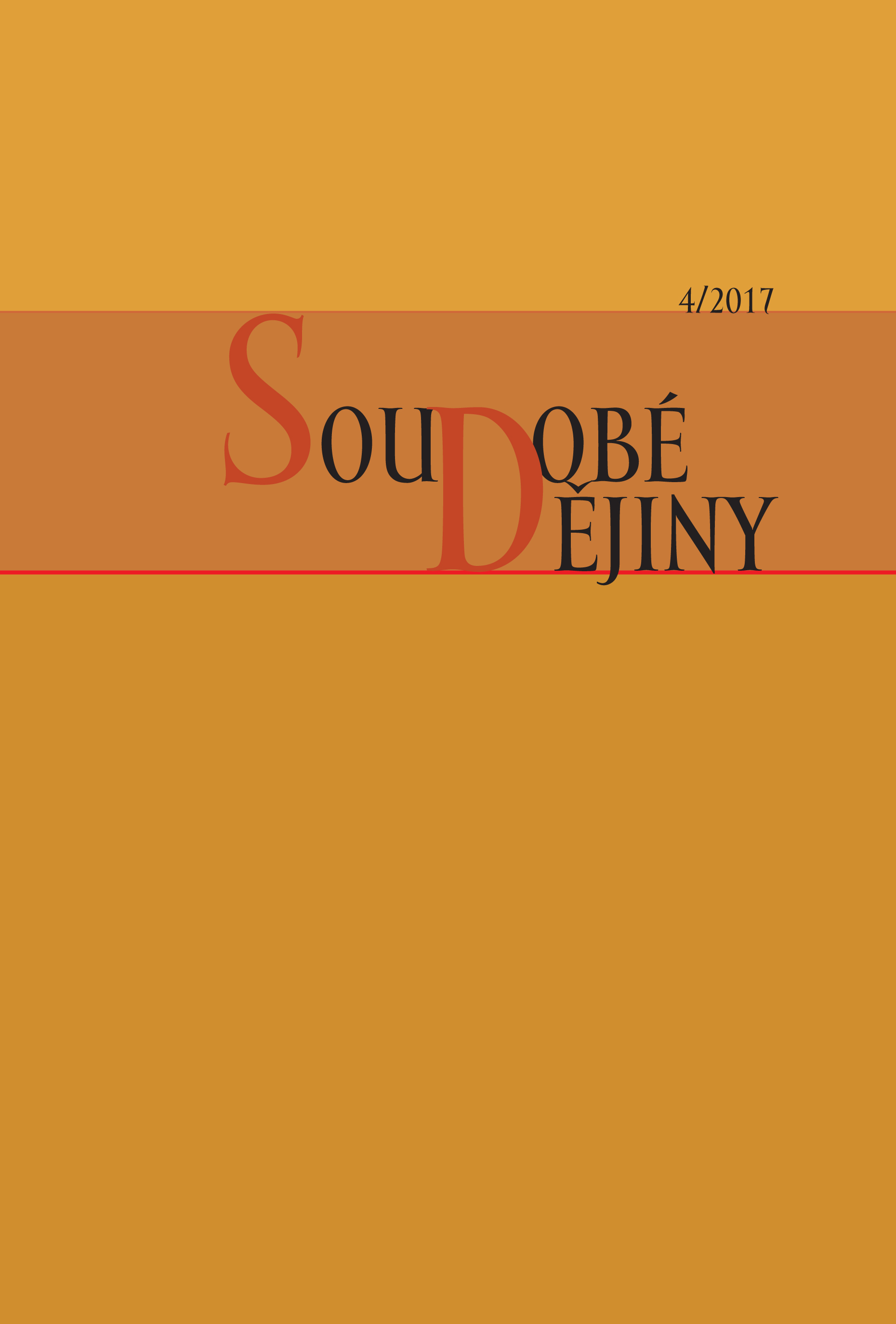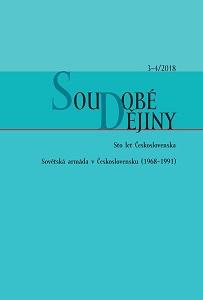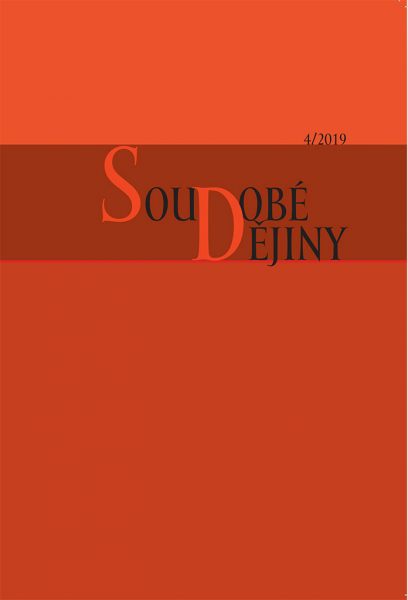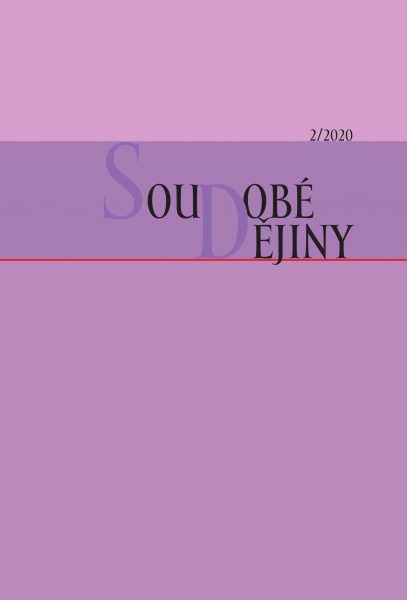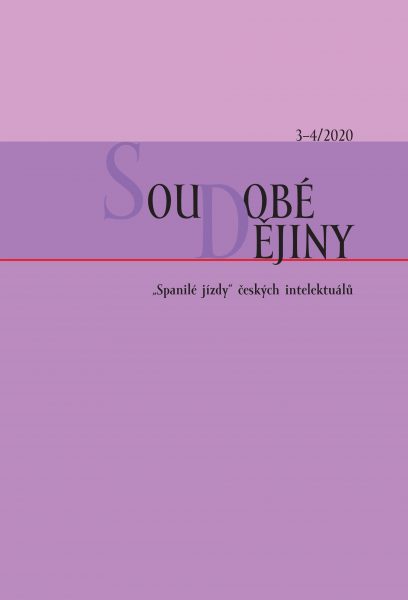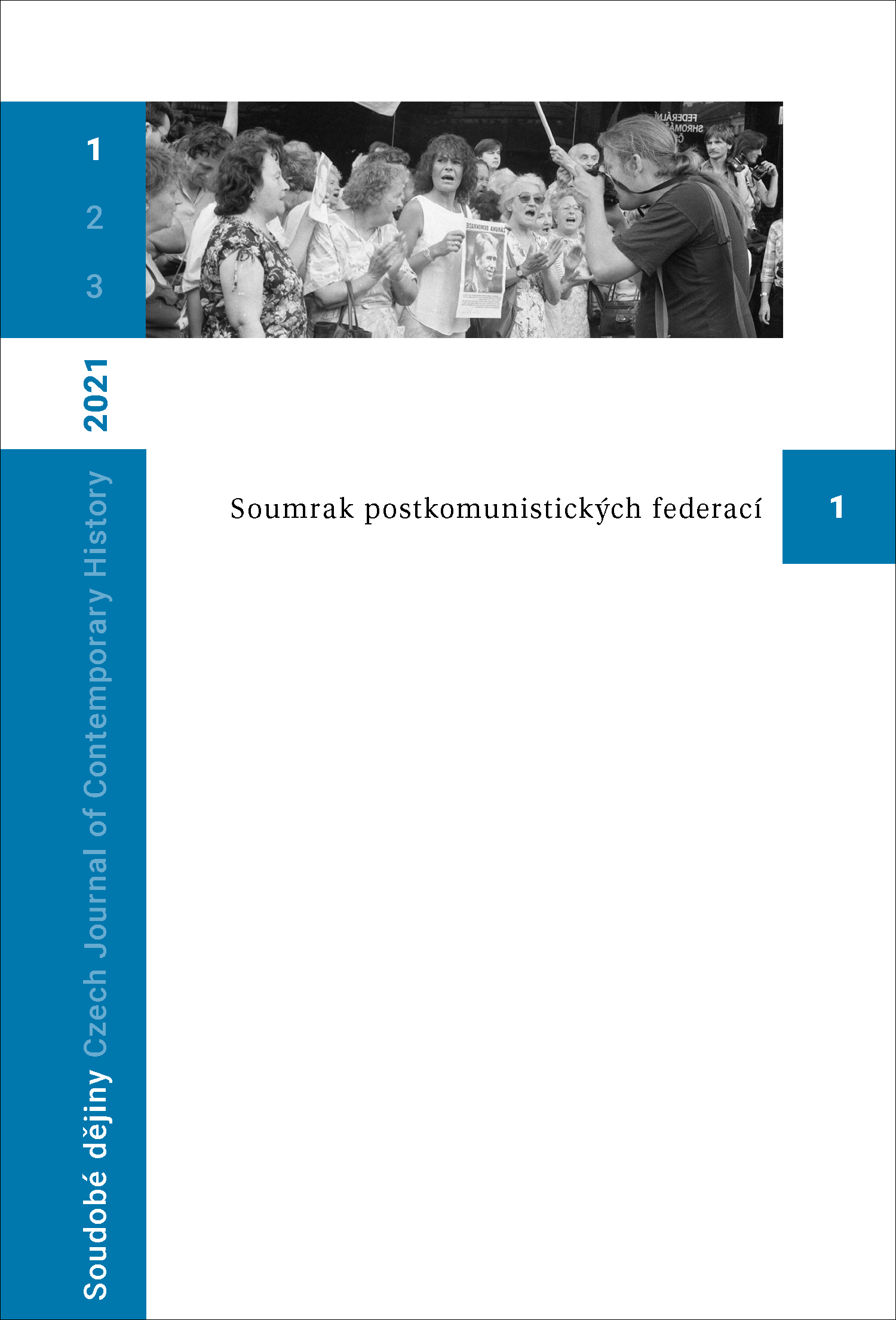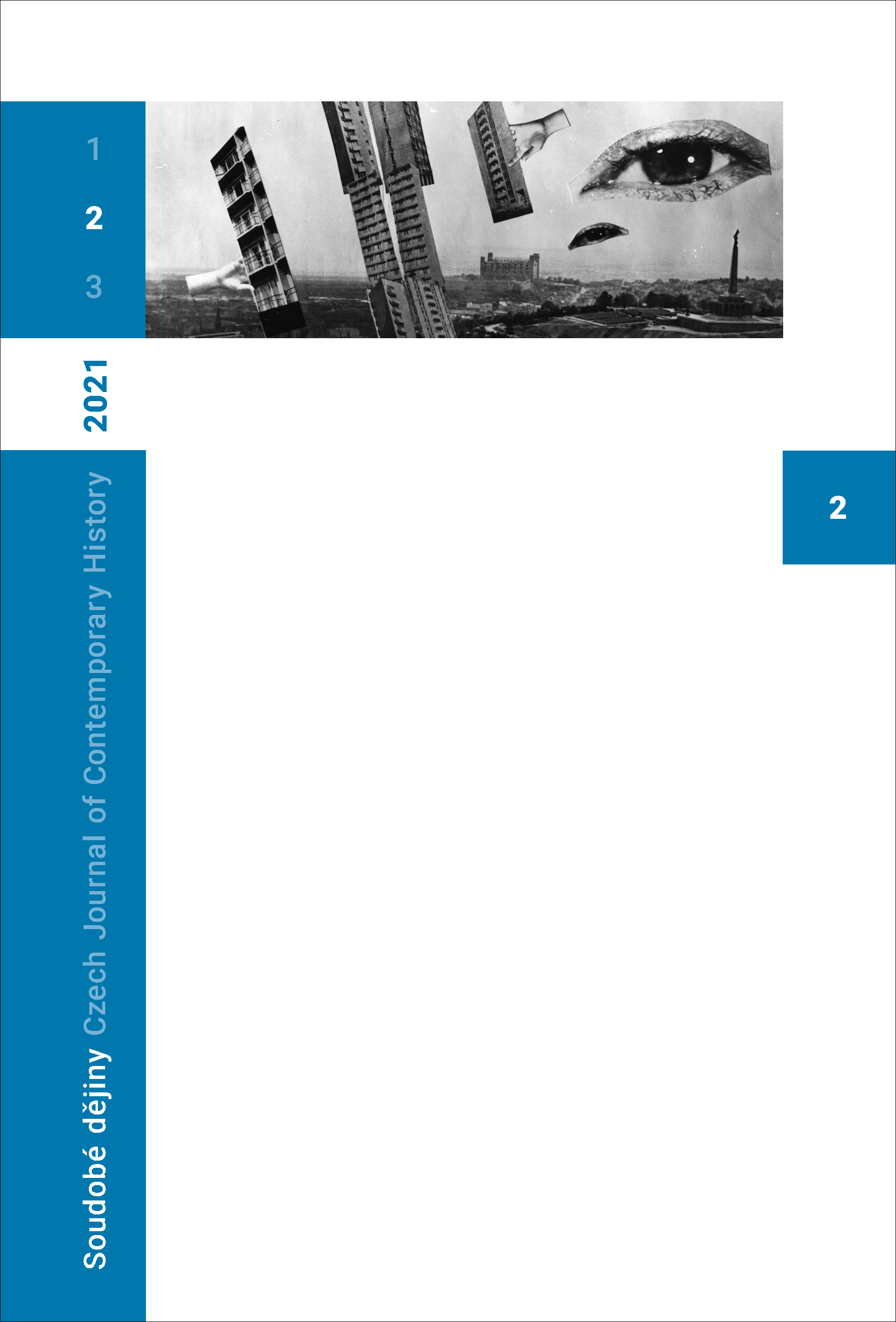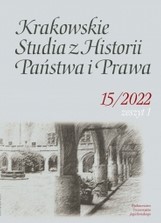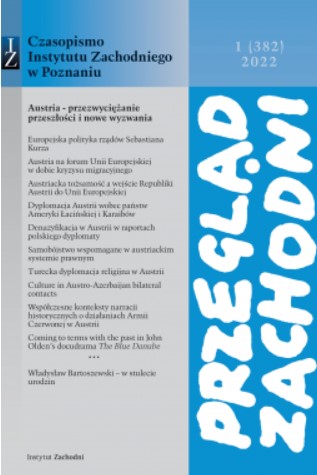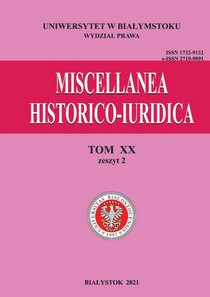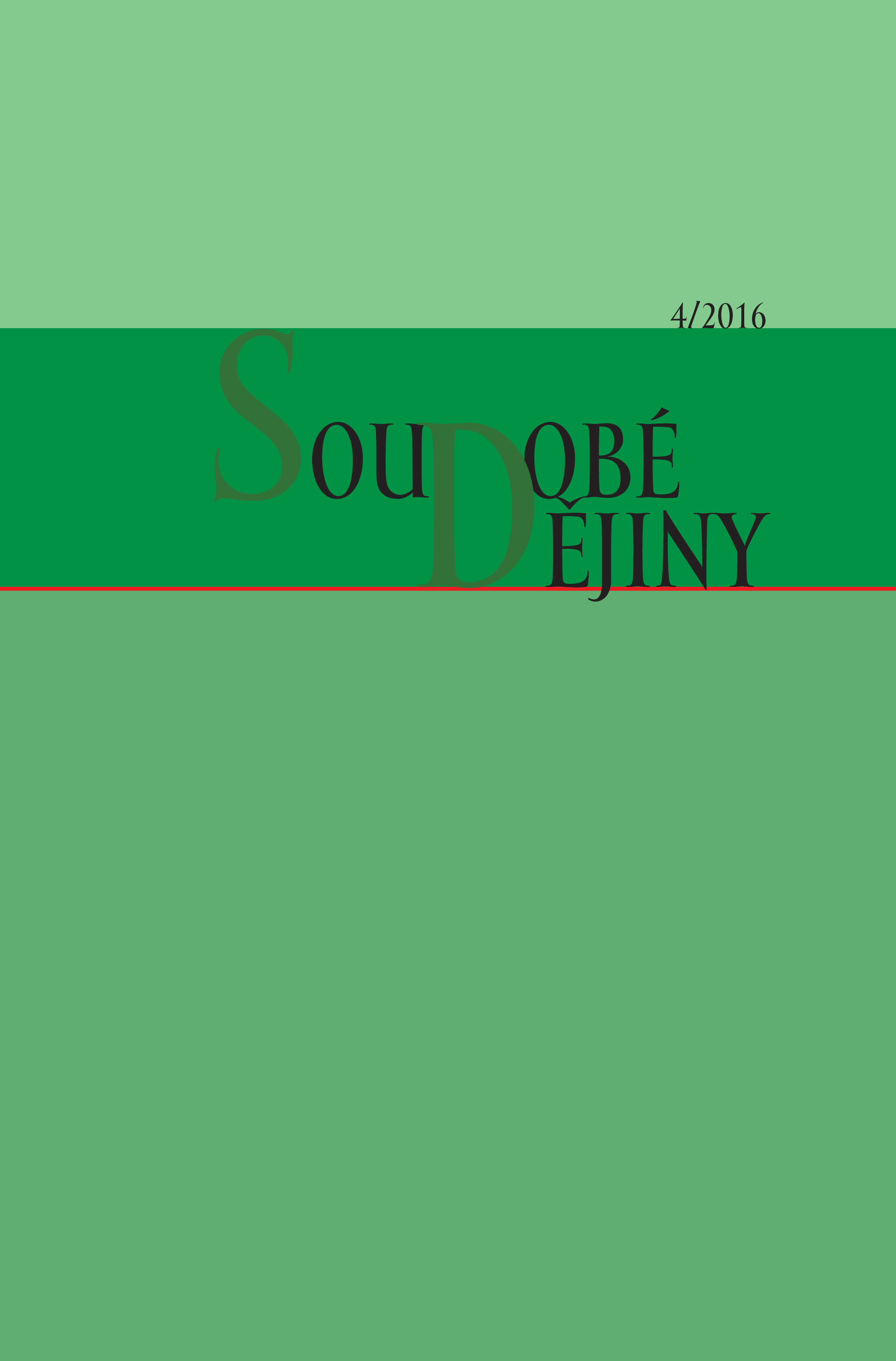
Hitlerův "Mein Kampf" 2016
Christian Hartmann, Thomas Vordermeyer, Othmar Plöckinger, and Roman Töppel (eds.). Hitler, Mein Kampf: Eine kritische Edition. Munich and Berlin: Institut für Zeitgeschichte, 2016, vols 1–2, 947 + 1019 pp., ISBN 978-3-9814052-3-1. With Edith Raim, Pascal Trees, Angelika Reizle, and Martina Seewald-Mooser. Includes illustrations, maps, a list of all known translations of Mein Kampf before 1945, a list of abbreviations, a detailed bibliography in three parts (before 1932, 1933–45, after 1945), and four indexes (a biographical index and indexes of persons, places, and subjects). In the form of an essay, the author comments here on the 2016 critical edition of Hitler’s Mein Kampf (1925–26), edited by a team of historians from the Institute of Contemporary History in Munich, with additional assistance from others. He contemplates the nature and importance of this book and discusses its author and his meaning in the history of twentieth-century central Europe. He then discusses some of the ideas of Mein Kampf, and clarifies the historical context of the work, returning to the circumstances that led to its being written and published. He also discusses some of Hitler’s fellow travellers in the Nazi movement, who were of importance for this key work. The author brings up episodes in Hitler’s life, and pays particular attention to his still unclear transformation from an apolitical soldier into a zealous antisemite and political agitator of exceptional rhetorical skill, who was able to bewitch the German people and become their Führer. The author also discusses the difficulties that the editors of this critical edition had to struggle with, and he praises their work as utterly solid and astonishingly thorough, particularly the commentaries in the huge critical apparatus. The author concludes by discussing reactions both to the first edition of Mein Kampf and to this critical edition, and he discusses various attempts to publish a Czech edition.
More...
